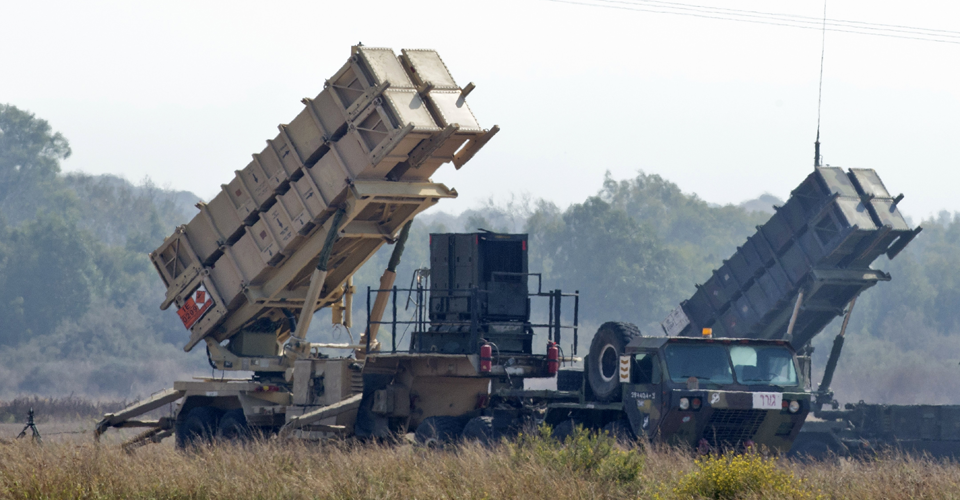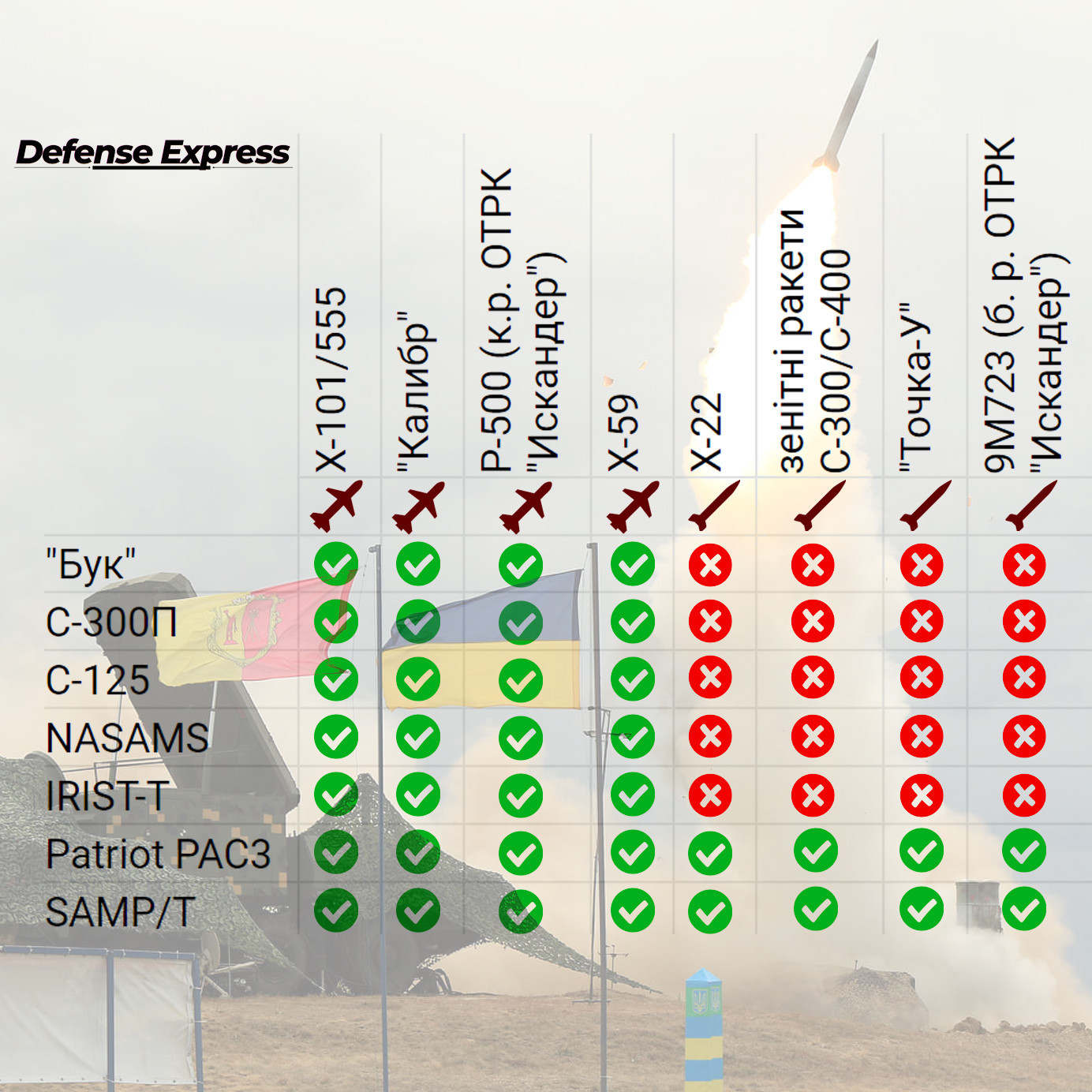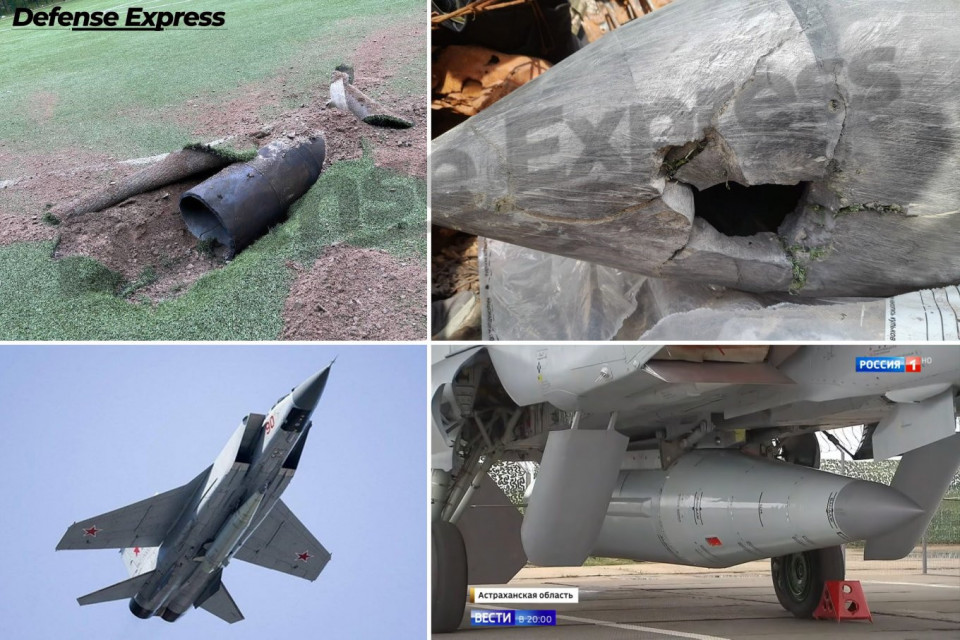
Patriot plays crucial role in air defense, effectively countering such missiles as Kh-22 and Kinzhal
With the recent deployment of the long-awaited Patriot anti-aircraft missile systems, the notion of the "invincible Kinzhal" has been debunked, as the systems have already demonstrated their ability to stop Russian missiles
In December 2022, the Pentagon announced a new defense aid package for Ukraine worth $1.85 billion, which included the transfer of Patriot anti-aircraft missile systems for the first time. Germany and the Netherlands also reported the transfer of launchers and complexes to these SAMs.
Four months after the official announcement of the delivery the Patriot air defense system has finally been deployed in Ukraine, significantly enhancing the anti-missile defense capabilities of the AFU Air Force.
On April 19, 2023, Minister of Defense Oleksii Reznikov stated, "Today, our beautiful Ukrainian sky becomes more secure because Patriot air defense systems have arrived in Ukraine. Our air defenders have mastered them as fast as they could. And our partners have kept their word."
On April 23, the Ukrainian Armed Forces announced that the first division of the Patriot air defense system had entered combat duty, followed by the second division on April 27. The transfer of individual launchers from the Netherlands was also reported. However, with the presence of other modern air defense systems such as the German IRIS-T, what makes the Patriot complex special?
The Patriot air defense system is a modern anti-missile defense complex
The MIM-104 Patriot anti-aircraft missile complex began development in 1976 and was deployed in 1984. Despite its age, Patriot has undergone numerous updates, and its latest upgrade, known as Patriot Advanced Capability-3 (PAC-3), can be considered almost a new system.

Before discussing one of the latest and most powerful upgrades of this air defense system, let's take a moment to look at the MIM-104C (PAC-2) version. This upgrade was designed to reliably counter one of the most challenging airborne targets - ballistic missiles.
The upgrade was introduced in 1990 and quickly saw action in the Persian Gulf War of 1990-1991. However, it was soon discovered that the Patriot air defense system in the PAC-2 version was not as effective as initially thought. Despite claims of 100% effectiveness against ballistic missiles, it was later admitted that the system was only able to intercept less than 50% of the missiles. In some cases, the figure was as low as 10%.
The main reason for this unsatisfactory performance was the PAC-2 missiles' inability to completely destroy the warhead of a ballistic missile, resulting in non-critical damage and slight deviation from the target. As a result, even if hit by an anti-aircraft missile, a ballistic missile could still achieve its objective.

The PAC-3 version of the air defense system was modernized with the aim of shooting down ballistic missiles using kinetic energy. This required the anti-aircraft missile to be highly accurate and fast enough to ensure the destruction of the ballistic missile in mid-air. An upgraded version of the PAC-3 missile, known as the PAC-3 MSE, was subsequently developed which can intercept ballistic missiles up to a range of 60 km. The importance of the Patriot system for Ukraine lies in its ability to shoot down missiles that were previously out of our reach.
The table above shows that the American air defense system can intercept targets such as missiles from the S-300 and S-400 air defense systems, "Iskander", and more.
SAM Patriot as an air defense system
While the primary purpose of the Patriot anti-aircraft missile complex for Ukraine was discussed in the context of anti-missile defense, its potential as an air defense system should not be underestimated. It can be effective against aerodynamic targets, such as enemy aircraft (planes, helicopters, and drones), as well as cruise missiles. The American Patriot can counter the aircraft of the Russian occupation army since it can shoot down missiles up to 60 km away. In the PAC-2 version, the range against aircraft is already 150-160 km. Therefore, the Patriot anti-aircraft missile system can partially address the challenge of countering Russian aircraft. However, the solution lies in increasing the number of these air defense systems in Ukraine and acquiring more missiles for them.
Patriot vs. Russian Kinzhal: debunking another propaganda myth
The Russians have been aggressively promoting their Kh-47 Kinzhal missile as a "hypersonic" development beyond the reach of modern anti-missile defense systems. However, our Air Force has proven otherwise with the Patriot air defense system. On May 6, 2023, the Commander of the Armed Forces confirmed the destruction of the Russian Kinzhal missile in the sky over Kyiv at around 2:40 a.m. on May 4, fired from a MiG-31K fighter. Regarding the hypersonic capabilities of the Russian Kinzhal, it's worth noting that while it can accelerate to hypersonic speed with an accelerator, it cannot maintain hypersonic speed throughout the missile's entire trajectory. The missile enters the target on a ballistic trajectory, and it does have high speed during the attack, but it cannot be classified as hypersonic (which, as a reminder, is above Mach 5 or more than 6,125 km/h). Nonetheless, the Kinzhal remains a challenging target that is not easy to shoot down, and our anti-missile defense forces deserve recognition for their accomplishments.

Oleksiy Levkov, Defense Express — specially for Espreso.
- News














































